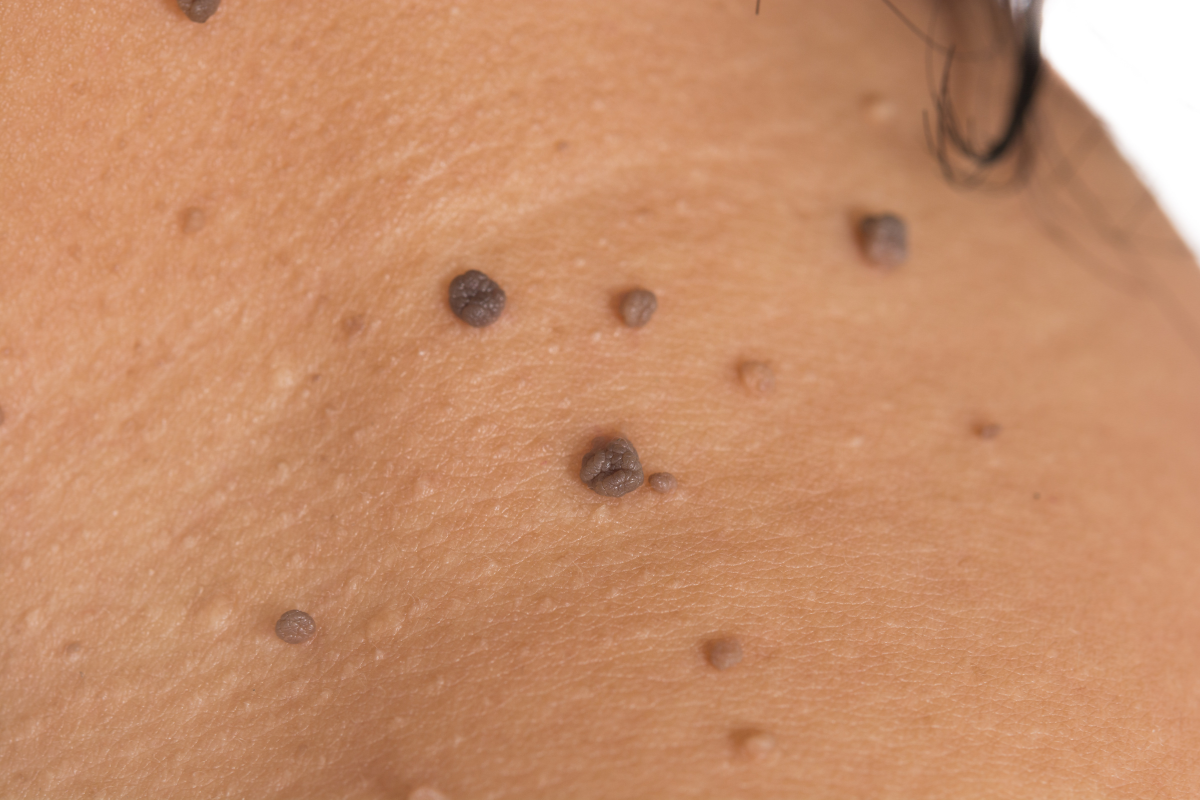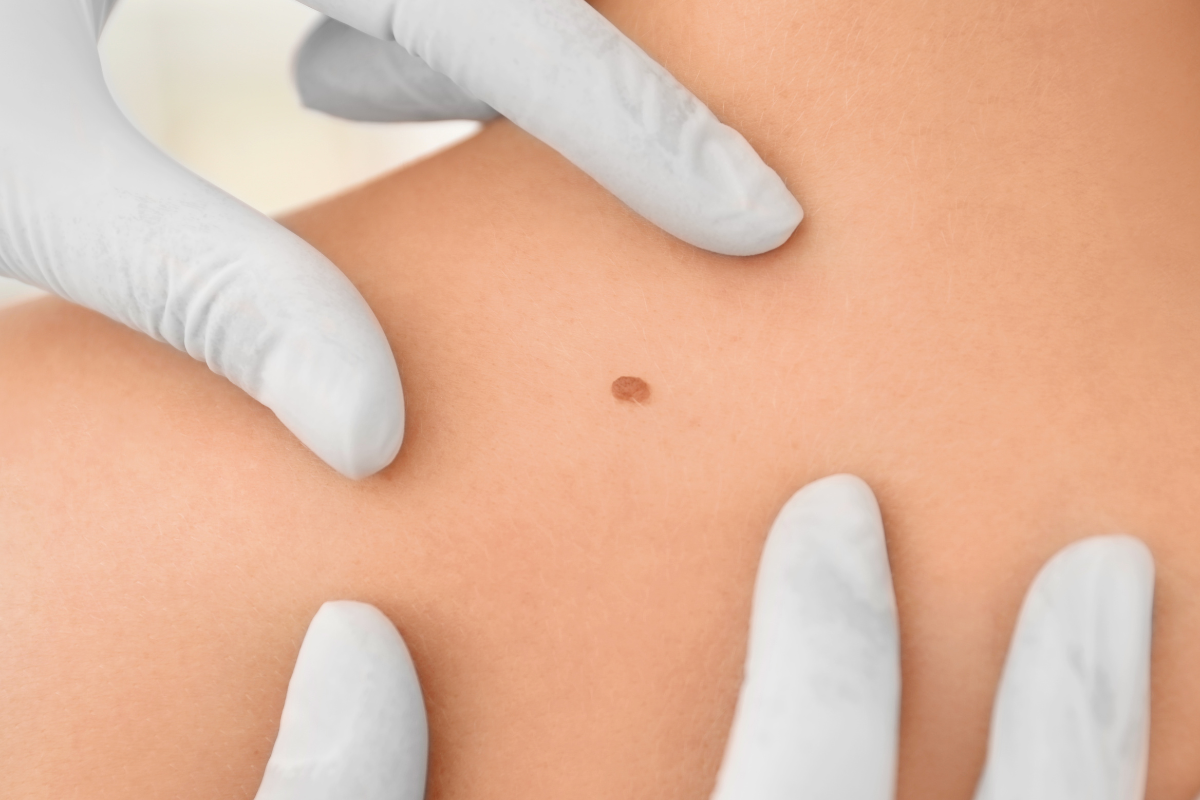Therapies for Skin Conditions
Safe, Specialist Treatments Without Major Surgery
Minimally invasive treatments for pre-cancerous lesions, scars, and benign growths.
Some skin conditions and pre-cancerous changes can be treated effectively with non-surgical therapies. At Apex Skin Clinic, we offer a selection of clinically proven, minimally invasive treatments - delivered by consultants or nurse specialists trained in dermatological procedures.
Whether you are looking to manage actinic keratosis, treat an early-stage lesion, or improve the appearance of a scar, our therapies offer targeted care with minimal recovery time and excellent cosmetic results.
Our Diagnostic Services
-

Cryotherapy
Cryotherapy uses liquid nitrogen to freeze and destroy abnormal skin cells. It is fast, effective, and often used to treat: Actinic keratosis, Warts and skin tags, Bowen’s disease, Benign lesions like seborrhoeic keratoses.
-

Photodynamic Therapy (PDT)
PDT is a light-based treatment used to target and destroy pre-cancerous and some cancerous skin cells, particularly:Actinic keratosis, Superficial basal cell carcinoma (BCC), Bowen’s disease.
-

Non-Cancerous Lesion Excision
We perform minor surgical excision of benign lesions such as: Moles, Cysts, Lipomas, Dermatofibromas. Excision is done under local anaesthetic, usually within 30–60 minutes.
-

Scar Revision Treatment
We assess and treat surgical scars, trauma-related scarring, and post-inflammatory changes using:Excisional revision, Steroid injections (for hypertrophic or keloid scars), Topical therapies and pressure care advice.
What to Expect at Your Treatment Appointment
You will first receive a consultation to determine if the treatment is suitable for your condition or concern. On the day of treatment:
The area is cleaned and prepped
A topical agent (if needed) is applied
The treatment is delivered by a trained consultant or specialist nurse
You will be given aftercare instructions and follow-up recommendations.
Why Choose Apex for Non-Surgical Therapies?
Consultant-led or nurse-delivered care
Range of minimally invasive options for skin lesion management
Suitable for patients not requiring or avoiding surgery
Precision treatment in a private hospital setting
Clinics across Maidenhead, London, and Surrey
Frequently Asked Questions
-
Cryotherapy is generally well-tolerated, though you may feel a brief stinging, burning, or cold sensation as the liquid nitrogen is applied to the skin. This discomfort usually lasts only a few seconds and settles quickly after the procedure. Following treatment, the area may appear red or blistered, which is a normal part of the healing process. Most patients find this mild and temporary. Your consultant will provide detailed aftercare advice to reduce irritation and promote healing, including how to clean the area and when to expect the skin to return to normal.
-
Yes, both cryotherapy and photodynamic therapy (PDT) can be highly effective for certain early-stage or superficial forms of skin cancer, such as Bowen’s disease (squamous cell carcinoma in situ) and superficial basal cell carcinoma (BCC). These non-surgical options are often chosen when lesions are shallow or located on cosmetically sensitive areas like the face, scalp, or chest. For more invasive or deeper skin cancers, surgical excision may be the preferred approach to ensure complete removal. Your consultant dermatologist or plastic surgeon will assess your lesion thoroughly using dermoscopy and, if needed, biopsy testing to determine the safest and most effective treatment for you.
-
The main benefits of cryotherapy and photodynamic therapy are that they are non-invasive, performed in a clinic setting, and require minimal downtime. These treatments preserve healthy tissue, reduce scarring, and are ideal for patients who prefer to avoid surgery. They are effective for treating precancerous lesions, sun damage, actinic keratoses, and certain early skin cancers. Both methods are backed by clinical evidence and can be repeated safely if new lesions appear.
-
Recovery is typically quick. After cryotherapy, the treated area may blister or scab before naturally healing within 7–14 days. After PDT, some redness, peeling, or mild crusting is normal, and most patients heal within 1–2 weeks. We recommend avoiding direct sunlight and using broad-spectrum SPF protection during recovery. Your consultant will give you full post-treatment care instructions and arrange follow-up if needed to ensure your skin heals well and results are maintained.
-
Both cryotherapy and photodynamic therapy (PDT) are effective non-surgical treatments for sun-damaged or precancerous skin, but they work in different ways. Cryotherapy involves freezing the lesion directly using liquid nitrogen, which destroys abnormal cells through extreme cold. It is ideal for isolated or raised lesions, such as actinic keratoses, warts, and seborrhoeic keratoses.
In contrast, PDT uses a photosensitising cream applied to the skin, followed by exposure to a special light source that activates the medication and selectively destroys abnormal cells. PDT is particularly effective for larger or cosmetically sensitive areas, such as the face and scalp, and offers excellent cosmetic results with minimal scarring. During your consultation at Apex Skin Clinic, your consultant will advise which approach is most suitable for your skin type and condition.
-
The number of treatments depends on the type, size, and number of lesions being treated. A single cryotherapy session is often sufficient for small or isolated lesions, while more extensive or resistant conditions - such as actinic keratosis or multiple solar keratoses - may require a short course of repeat treatments spaced several weeks apart. Similarly, photodynamic therapy may involve one or two sessions, depending on how your skin responds. Your consultant will create a personalised treatment plan during your consultation and explain what results you can expect.
Book Your Consultation
If you are worried about a mole, skin lesion, or changing area of skin, our team is here to help. We offer clear diagnosis, expert treatment, and continued care in a calm, professional environment. Whether you are seeking a skin cancer diagnosis and treatment plan or simply want reassurance, we will guide you with expertise and compassion.
Call us on 020 3871 5898 or click the button below.



